12 Life Twists That Feel Like a Rollercoaster With No Seatbelt

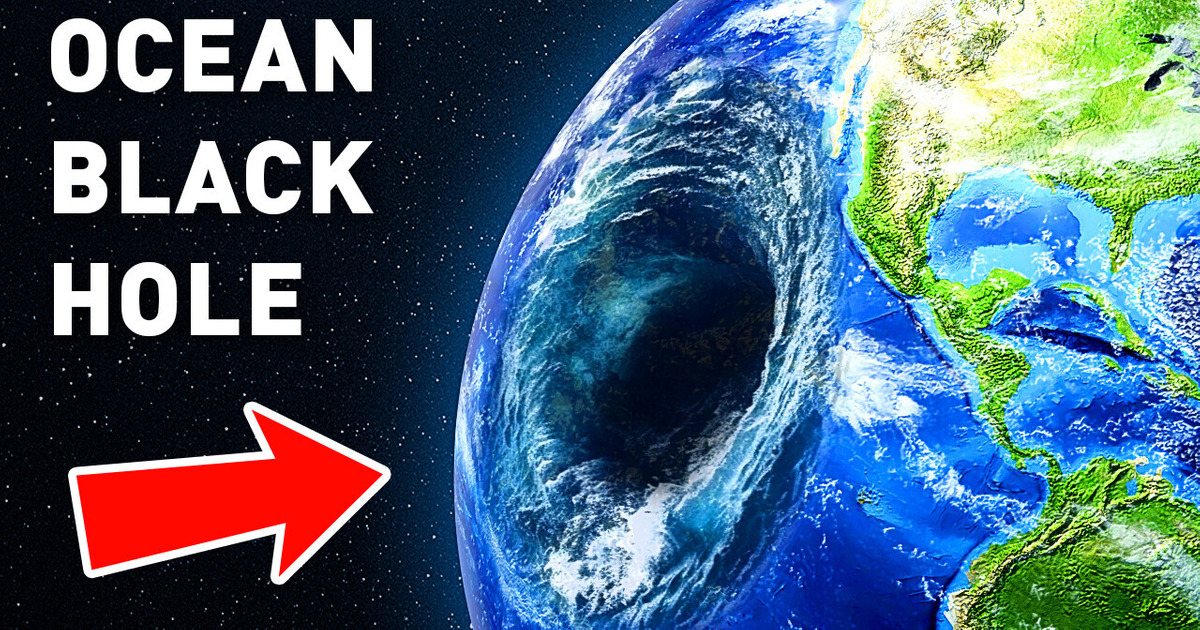
Let me take you to a place that seems to be out of this world. Life inside this cave has been isolated from the outside world for about 5.5 million years! And it DOES show. See for yourself.
Due to such a long isolation, the conditions inside the Movile Cave [mow·vuhl] are like nowhere else on our planet. A unique ecosystem is flourishing there — even though there is a severe lack of sunlight inside the cave, and the air is toxic.
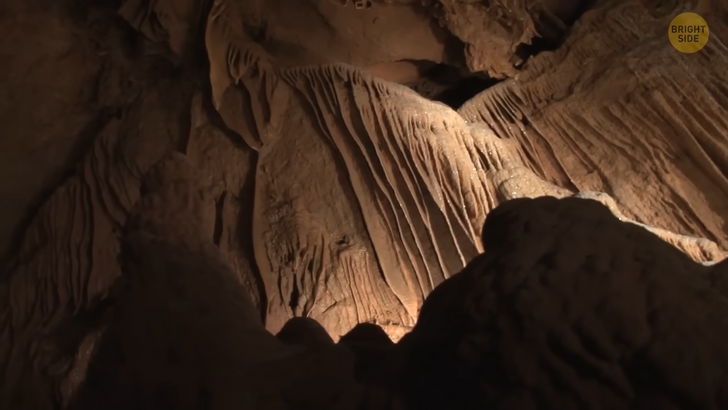
The cave, located a few miles west of the Black Sea in Romania, was first discovered in 1986. Nowadays, you can only visit it if you have special permission. Plus, the central caverns are guarded “naturally” — by narrow limestone tunnels and vertical shafts. So, if you’re no stranger to claustrophobia, you’d probably better not enter this place.
In the depth of the cave, the air has twice less oxygen than the air outside. Instead, it contains a lot of carbon dioxide and hydrogen sulfide — so, not the freshest air you can breathe. It’s also pitch black inside the cavern.
But despite — or should I say “thanks to” — this cocktail of extremely harsh conditions, the site is a true goldmine for biologists. Shockingly, life seems to be booming here! In a 1996 study, scientists identified 48 species, and 33 of them were unique to the cave! Most of the creatures inhabiting the cave are tiny, with long limbs and antennae that help them navigate in the dark. They have no vision and lack pigment, and it makes sense. Why would you need to be able to see if you live in total darkness, and why would you need to be pretty and colorful with no one to see you?
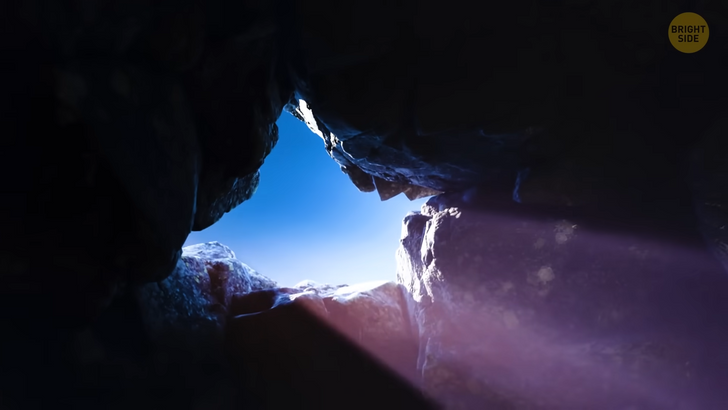
Now, I’m going to take you to another cave — it’s no less amazing but looks very different. This is the Giant Crystal Cave, aka the Cave of the Crystals, in Mexico. These ginormous crystals were found in 2000 by a mining company after the water was pumped out of the cave. Two miners then saw the crystals after entering the drying cave on foot.
These awe-inspiring crystals are actually massive gypsum pillars hidden 984 ft underground. They’re anchored to the walls and the floor of the scorching-hot cave. Scientists estimate that the crystals could have been already growing for half a million years! That’s why many of them are so long and wide that you can walk across them.
Unfortunately, visiting this wonder of nature is impossible at the moment. But maybe it’s for the better since the Giant Crystal Cave is a dangerous place that can easily turn into a trap. For tens of thousands of years, it was filled with groundwater, which was originally pushed upward into the opening by a magma chamber located in the depths of our planet.
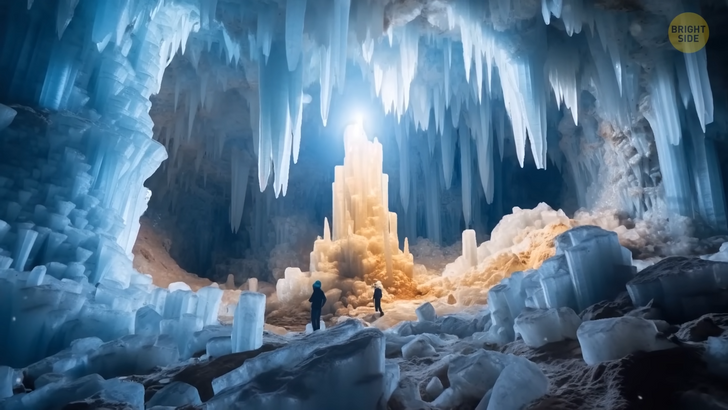
The magma under the cave kept the water hot. But eventually, the temperature of the water dipped below 136˚F. As a result, the water started to fill with calcium and sulfate, whose particles began to recombine into gypsum. And then, white-tinted crystals took over the cave. And since they stayed underwater, they were able to keep growing.
You don’t have to fly to space to take a closer look at a black hole! Scientists have found something very similar to black holes in the southern Atlantic Ocean! A black hole has such an enormous gravitational pull that once something gets pulled inside, it doesn’t have any chance to escape. Even light can’t get out of a black hole. But ocean “black holes” seem to be almost as powerful as their space relatives. But instead of catching the light, they do the same with water.
Ocean eddies are massive whirlpools that spin against the main current. They usually swirl billions of tons of water, and most of them are larger than a city. These whirlpools are so powerful that nothing trapped by them can escape. But the scariest thing is that you might not even notice heading into one of them. These things are so huge that you won’t spot their boundaries until it’s too late!
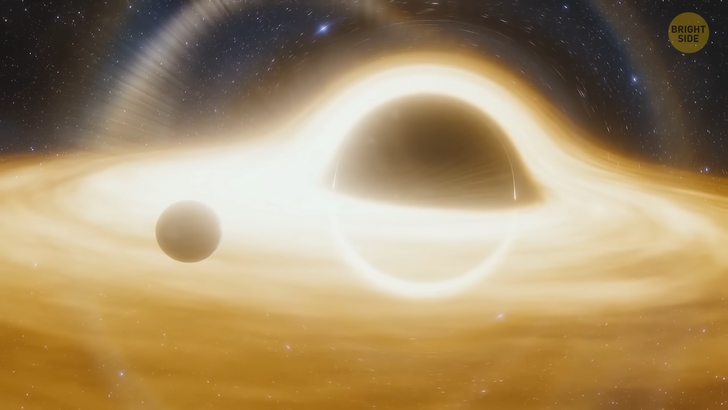
When scientists started exploring ocean vortices with the help of satellites, they discovered the borders of several eddies. After that, they managed to prove that, mathematically, these whirlpools are the same as mysterious black holes in space. Massive eddies are surrounded by super-tight barriers where fluid moves in closed loops. Even water can’t get out from the inside of these loops. That’s why tight ocean vortices play the role of enormous containers: water inside them can be totally different from the ocean surrounding an eddy! And I’m not only talking about its temperature — the salt content inside and outside a whirlpool often differs as well!
On the thin Curonian Spit splitting the Baltic Sea from the Curonian Lagoon, there is one of the most bizarre places on Earth. Locals call this area the Dancing Forest because pine trees in this forest have shockingly unusual shapes. They twist in spirals and circles along the ground.
There are some theories why it could be happening, of course. Some people claim that huge amounts of positive and negative energies once clashed in that spot. More down-to-earth individuals believe that the reason is geological: sandy soil in the area is too unstable to hold trees growing upright. The most popular is the idea that strong winds blowing from the water influence the shape of the trees. In any case, experts haven’t come to the final conclusion yet.
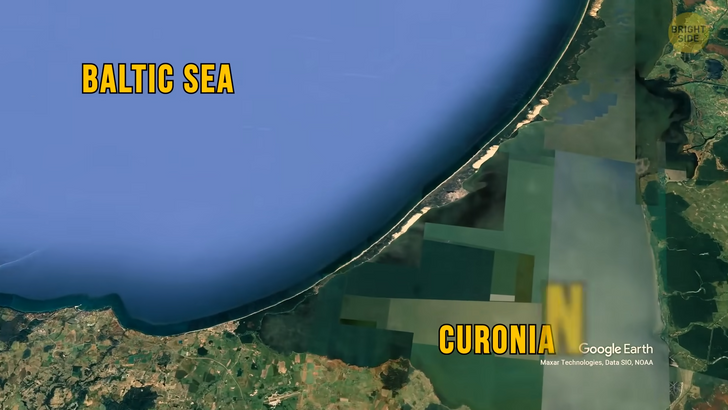
Look at these underwater crop circles! For the first time, they were spotted in 1995, close to southern Japan’s coast. Local divers called these 7-ft-wide structures “mystery circles.” The enigma had been plaguing many minds for almost 16 years until the culprit was finally caught. Imagine the researchers’ surprise when it turned out to be a male pufferfish!
The fish needs a bit more than a week to build one circle, and the aesthetics are obviously crucial! A male is swimming inside the circle, digging valleys in the sand with its fins. But that’s not all: the fish also use shells and corals to decorate particular parts of their circles! This whole “build-a-circle” thing has a practical purpose as well. The way a male fish swims pushes the sand toward the center of the circle and creates a mound which later serves as a nest.
The next mystery on our list is in the Caribbean! Just off the coast of Belize, there’s a giant sinkhole. That’s the Great Blue Hole. It’s about 1,000 ft across and more than 400 ft deep! Once, a long, long time ago, this hole was a cave. But then rising waters filled it, making it collapse in on itself.
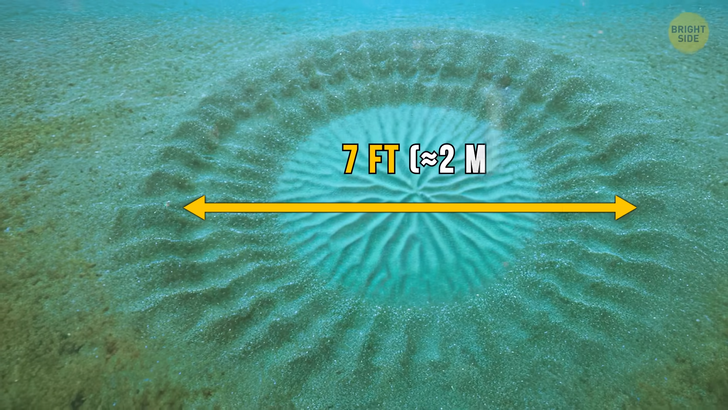
The deeper you’ll descend into the Great Hole’s crystalline waters, the darker it will become. You’ll see tons of stalactite-filled caves there. But entering them is extremely dangerous — unless you want to get hopelessly lost. Once you reach a depth of 50 ft, you’ll notice that the water is shimmering. That’s the invisible line dividing the sinkhole’s salty top from the freshwater abyss. You might want to turn back right now — who knows what you might come across in the murky depths?
There was an old Amazonian legend that told about the river that was so hot that it boiled. And it was believed to be just a legend until Peruvian geoscientist Andres Ruzo questioned if the river could be real. All experts denied such a possibility. After all, hot rivers do exist — but only in the areas where there are volcanoes. As for the part of the country mentioned in the legend, there are no volcanoes in that region.
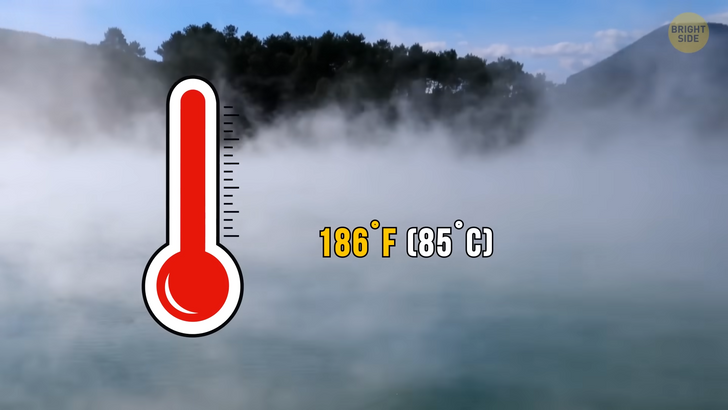
But Andres Ruzo was too dedicated to give up. And in 2011, he finally located the river from the legends. The water in it was indeed steaming hot. Its temperature was 186˚F — not boiling, but pretty close to this point. But what shocked the researcher the most was the size of the river. One could think that the almost-boiling water was the result of the activity of an underwater hot spring. But thermal pools are always small — while the river is 20 feet deep and flows for almost 4 miles! This is the only river of its kind on our planet.











